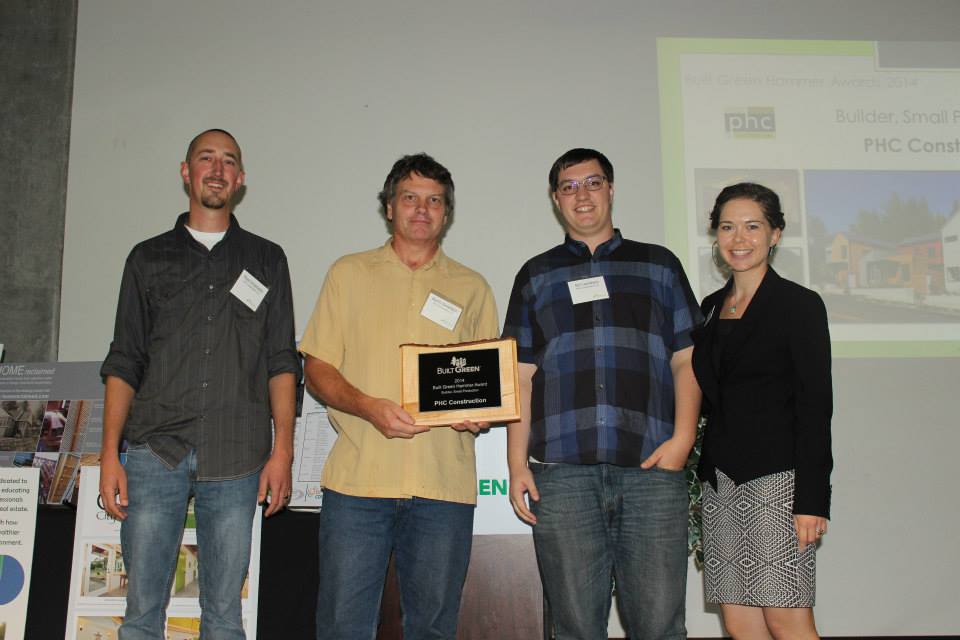We came together on one of the cooler nights we had seen in a while, a Wednesday. It was calm and comfortable. The type of quiet summer evening you spend walking/reflecting.
So we did. Five of us met at the Welcome Garden in the Village at Grow Community Bainbridge, and set out toward the next phase of Grow, the Grove and the Park. The purpose: to honor the trees that would give way to what was to come.
A light canvas drum was tapped to our slow pace as we skirted the boundary between new and old. We considered the future as each of us glanced from our beautifully prepared program to the soft sway of the tree branches.
 The ceremony moved through Japanese prayers for honor, to short poems, to telling short stories of memories filled with trees. We were called to acknowledge that as trees are biologically connected and change with their seasons, they are an example of community and how we can live more healthy lives by being better connected to each other.
The ceremony moved through Japanese prayers for honor, to short poems, to telling short stories of memories filled with trees. We were called to acknowledge that as trees are biologically connected and change with their seasons, they are an example of community and how we can live more healthy lives by being better connected to each other.
Each tree serves a purpose. At Grow, we hold a delicate balance between sculpting a site so anyone can be comfortable moving within it, to creating appropriate density, to allowing for solar production.
As we begin to remove trees for our future development we want to take a moment to give thanks for all they have been, what they will be, and how they have provided for all of us.
To help reduce our impact we are working with a local woodshop to salvage trees for purposeful reuse. We will be working with our site contractor to see that portions of trees and their base (root wad) can be used on future projects for salmon habitat and stream bank restoration. We will use what is left to provide firewood for our workers and mulch to protect our site from erosion and sediment discharge.
While it is always hard to see the taking of trees, we challenge others, as we have, to consider ways in which the impact of development can be reduced by pursuing creative reuse.
As we neared the completion of our ceremony we asked each other to share the story of an experience with a tree. It made me consider what memories will be created with all the new trees to come at Grow.
If you would, share your story/memory of a tree and help us honor those that make way for the new at Grow. My memory is of a scraggly birch in Alaska that was just wide enough to keep me from being charged by a moose. We honor all you provide.
By Greg Lotakis, Grow Team







 “It’s an inspiring model of community development and one that we hope will begin to scale throughout the rest of the country,” writes Maren Keeley, whose magazine bills itself as “The Future of Business as Usual.”
“It’s an inspiring model of community development and one that we hope will begin to scale throughout the rest of the country,” writes Maren Keeley, whose magazine bills itself as “The Future of Business as Usual.”
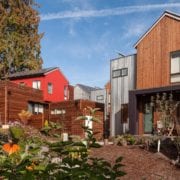

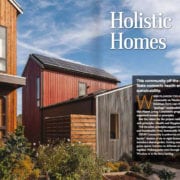

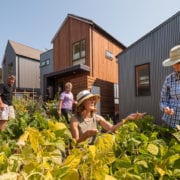
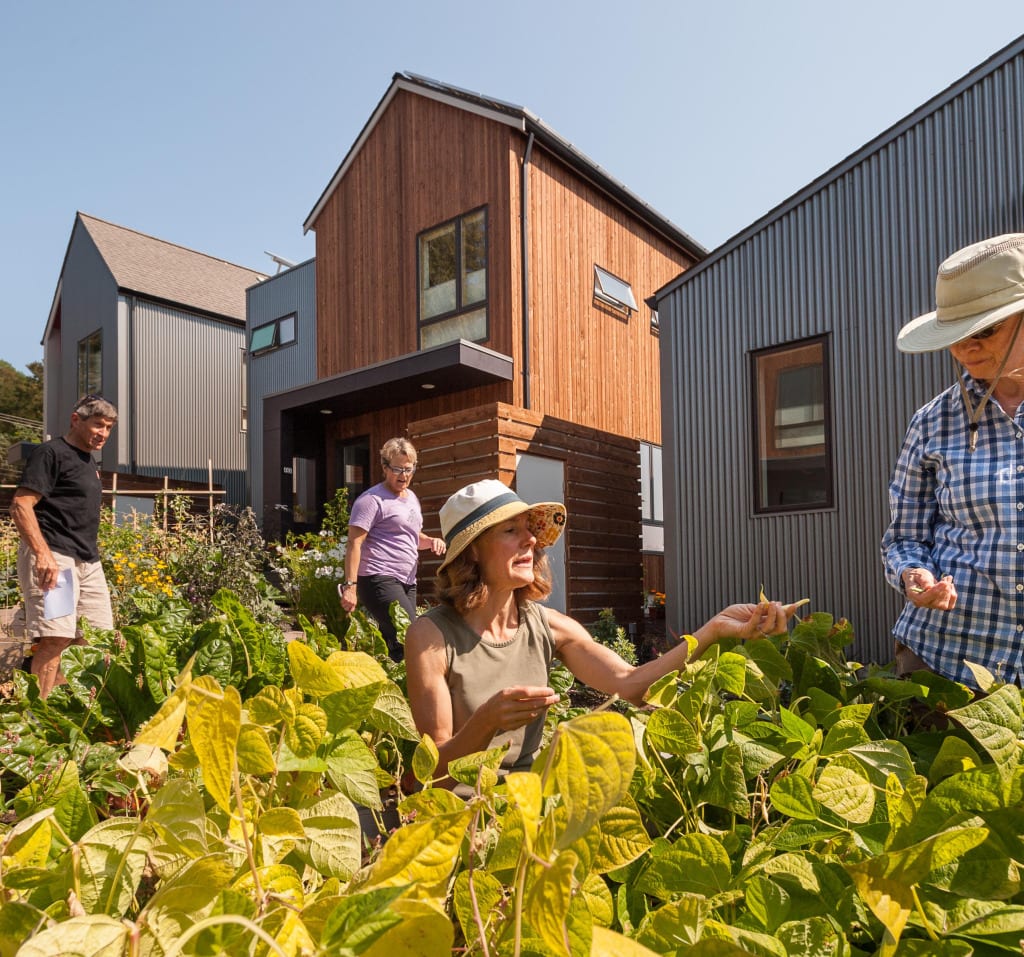

 Ten projects. Ten slides. Ten minutes.
Ten projects. Ten slides. Ten minutes.
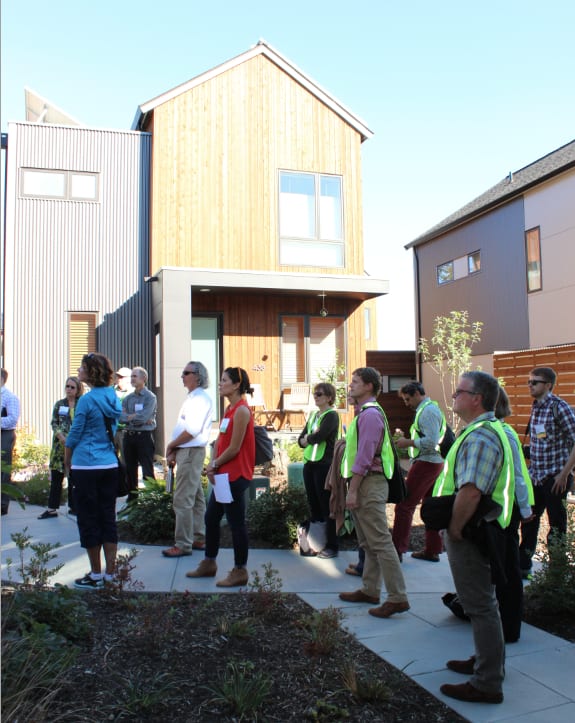 Grow Community held center stage when the Urban Land Institute visited Bainbridge Island yesterday.
Grow Community held center stage when the Urban Land Institute visited Bainbridge Island yesterday.
 The ceremony moved through Japanese prayers for honor, to short poems, to telling short stories of memories filled with trees. We were called to acknowledge that as trees are biologically connected and change with their seasons, they are an example of community and how we can live more healthy lives by being better connected to each other.
The ceremony moved through Japanese prayers for honor, to short poems, to telling short stories of memories filled with trees. We were called to acknowledge that as trees are biologically connected and change with their seasons, they are an example of community and how we can live more healthy lives by being better connected to each other.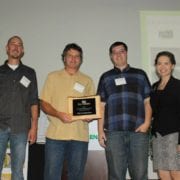
 Our builder PHC Construction is being honored with a 2014 Built Green Hammer award by the Master Builders Association, a real mark of excellence among regional projects.
Our builder PHC Construction is being honored with a 2014 Built Green Hammer award by the Master Builders Association, a real mark of excellence among regional projects.